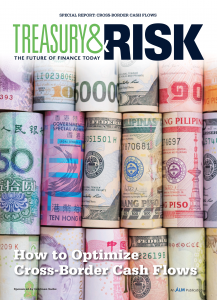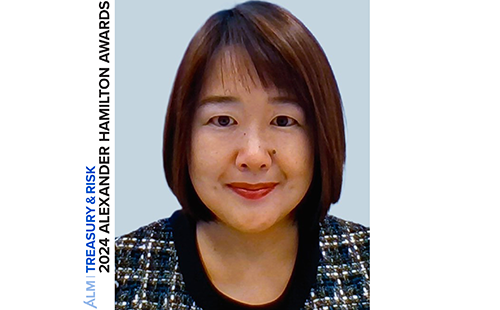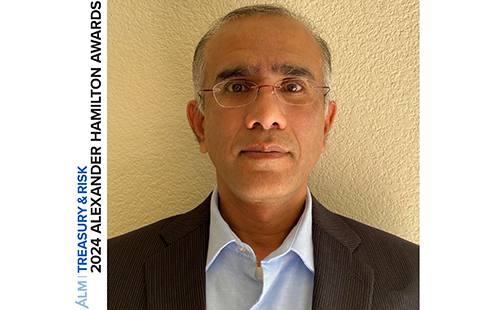
Like idle hands, idle excess cash can increase a company's chances of encountering trouble. Corporate treasury groups striving to optimize their cash investments should keep in mind that an overemphasis on optimization of returns can lead to devilish complications.
"No company wants to have to forgo opportunities to invest in the business because cash isn't available due to loss of principal that occurred by chasing a handful of basis points on cash investments," says Corning Inc.'s director of liquidity and investment management, Stephen Fowler. Rather than trying to maximize returns on excess cash by accepting more risk, Fowler stresses, treasury teams should focus on ensuring that their principal is protected, first and foremost, and then should look to generate a little return.
But understanding how to optimize cash investments in the current environment requires treasury groups "to ensure their models and assumptions are recalibrated to consider implications of rising rates," notes Thompson Westerberg, a senior manager with Ernst & Young. "Models and assumptions have been updated to incorporate pandemic idiosyncrasies. [Now they also] need to be adjusted for the macroeconomic rate environment. These adjustments should incorporate business inputs, structural competitive environment changes, and observed experience from prior rate-hiking cycles."
The following approaches can help organizations perfect their post-pandemic, rising-rates cash-optimization activities:
Focus on both liquidity and business forecasts. To optimize investments, treasurers must understand risk levels, return options, and time horizons. Accurate business plans and liquidity forecasts are crucial in equipping treasury teams with that understanding, notes Tim Bulman, a managing director in Protiviti's business performance improvement practice.
"Treasurers need to assess how much cash must be held in reserve to operate the business and execute business strategies in order to properly evaluate investment options," Bulman adds. Westerberg emphasizes the importance of aligning business forecasts with liquidity forecasts so that both can shift in concert as market conditions change.
Monitor foreign exchange volatility. The pace of interest rate increases in different countries will vary by currency. As a result, notes Erik Smolders from Deloitte Risk & Financial Advisory's treasury management practice, the rate-hike cycle might result in more foreign exchange (FX) volatility. "Organizations should look critically at their currency exposures to try and minimize unnecessary earnings volatility due to swings in foreign exchange rates," he says.
Classify global cash tranches. Regional rate-hike variations and related volatility help explain why Fowler finds value in grouping excess cash into tranches, by geography, according to important distinguishing characteristics. One tranche might contain cash required for operations within a short time horizon; another might contain cash needed to support the business through the intermediate planning cycle.
"Thinking about the cash in this way will then allow the treasury team to create separate investment guidelines for each tranche to balance the risk and reward of investment returns with the needs of the business for the use of the cash," Fowler explains. "For example, if the cash will be required by the business within six months, it doesn't make sense to buy one-year fixed-income investments."
Setting a Course for Your Cash
Companies have a number of options for their idle cash. They can convert it into relatively high-yield investments, use it to pay down debt, or safely chase additional basis points in a low-risk account. "U.S.–based organizations may want to evaluate [whether] keeping cash idle in a bank account to reduce bank fees in the form of 'earnings credits' remains the best use," Smolders says.
These and other optimization decisions require treasury professionals to take a highly active hand in revisiting and updating their assumptions, models, and forecasts to reflect the current—and rapidly evolving—external environment.
See also:

- July 2022 Special Report: Cross-Border Cash Flows
- The New Normal in Liquidity Management
- Swept Away, Thanks to Rising Rates
- Best Practices in Managing Excess Cash
- Reaping the Gains from Rising Interest Rates
Eric Krell's work has appeared previously in Treasury & Risk, as well as Consulting Magazine. He is based in Austin, Texas.
© 2025 ALM Global, LLC, All Rights Reserved. Request academic re-use from www.copyright.com. All other uses, submit a request to [email protected]. For more information visit Asset & Logo Licensing.





